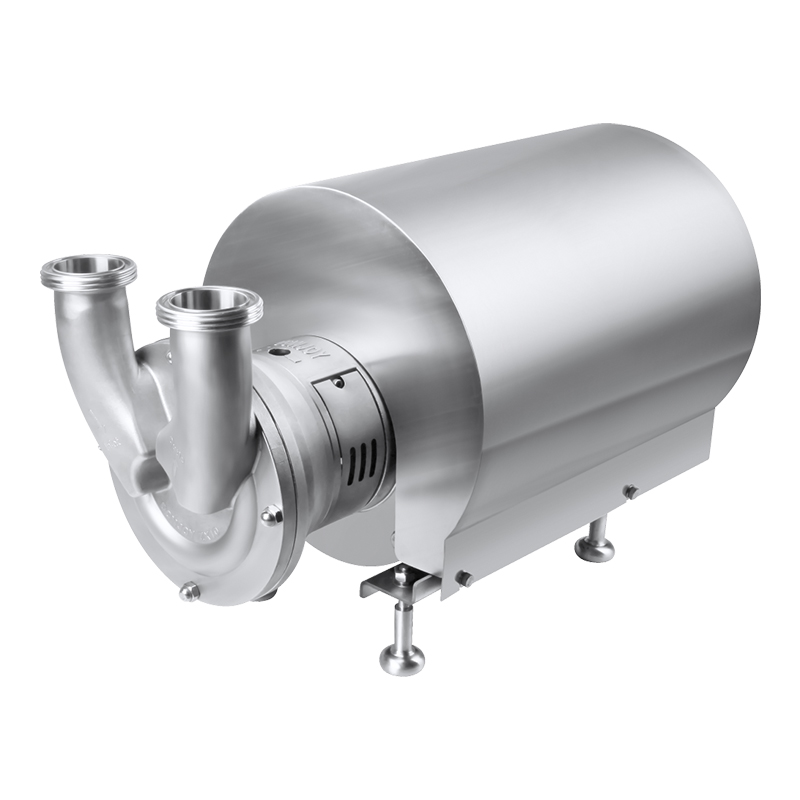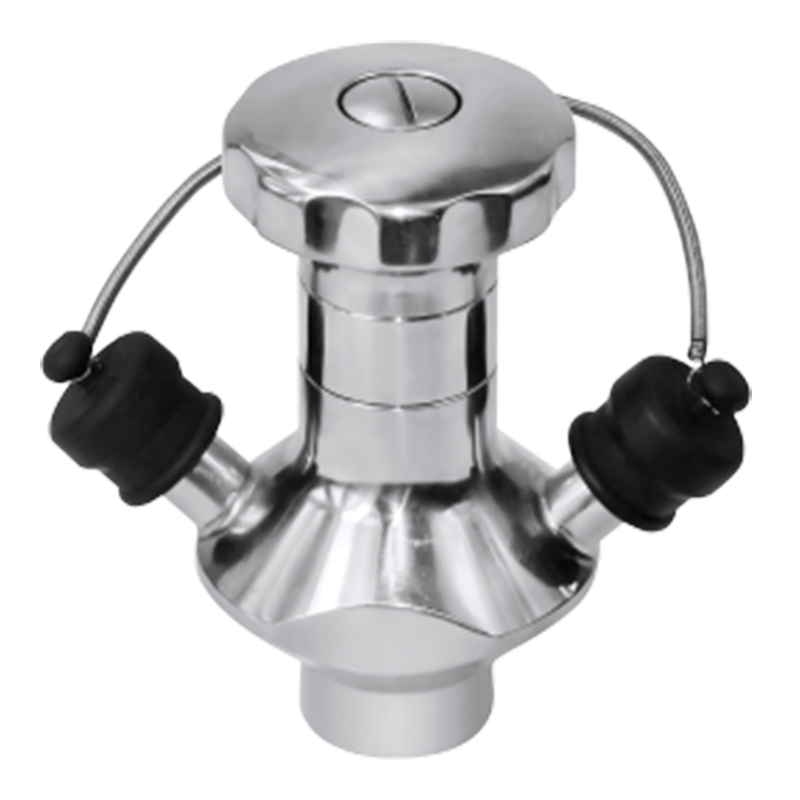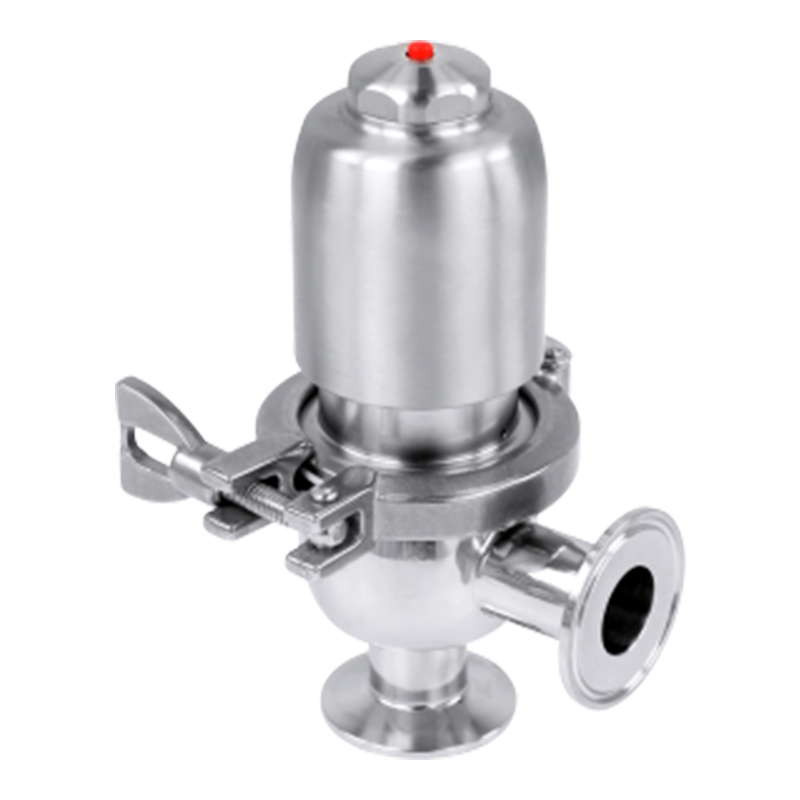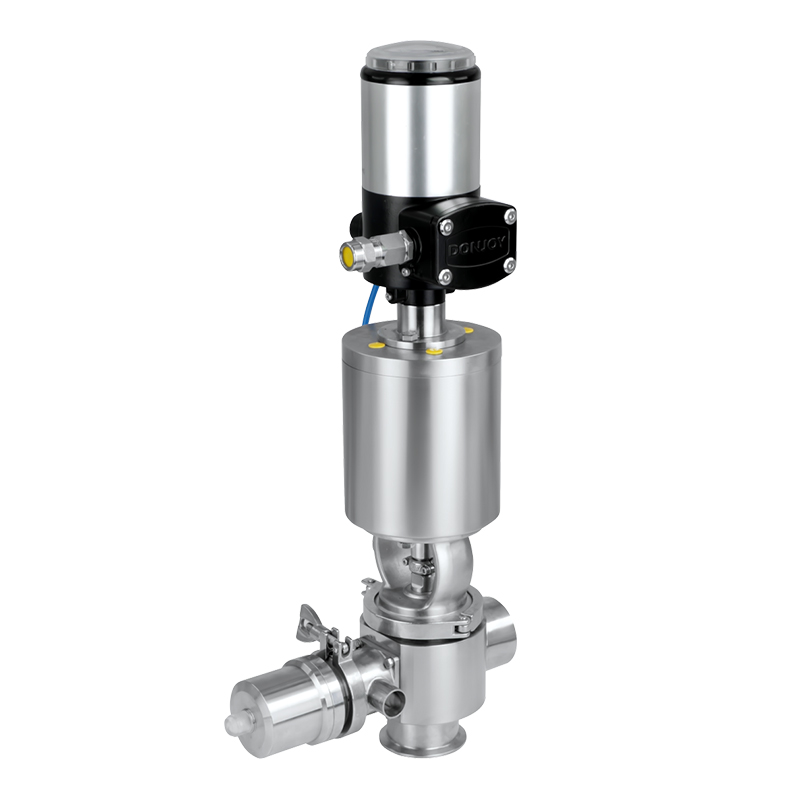In the realm of fluid transfer systems, the centrifugal pump stands as a cornerstone technology, powering operations across diverse sectors. Its ability to balance efficiency, reliability, and adaptability has made it a staple in industrial, commercial, and sanitary settings worldwide. Below is an in-depth exploration of its essence, functionality, and evolving design.
At its core, a centrifugal pump operates on the fundamental principle of centrifugal force—generated by a rotating impeller—to move fluids. The process begins with the impeller, a curved-blade component driven by a motor, spinning at high speeds. This rotation creates a low-pressure zone at the impeller’s center, drawing fluid into the pump through the inlet port .
As fluid enters the pump, the impeller’s blades accelerate it outward, converting mechanical energy into the fluid’s kinetic energy. The fluid then enters the volute casing, a specially designed chamber that gradually expands to slow the fluid down. This deceleration transforms kinetic energy into pressure energy, enabling the fluid to be discharged through the outlet at the required pressure . For optimal performance, this flow must remain continuous—any disruptions can reduce efficiency or damage components.
Every centrifugal pump’s functionality hinges on four critical components, each engineered for synergy:
•Impeller: The "engine" of the pump, with curved blades optimized to minimize turbulence and maximize fluid acceleration. Modern designs prioritize hydraulic efficiency, adjusting blade angles to match flow rate requirements .
•Volute Casing: Beyond collecting fluid, its tapered shape is critical for energy conversion. Poor casing design leads to energy loss and reduced pressure output.
•Mechanical Seal: Prevents fluid leakage while maintaining pressure balance. Advanced designs position seals in flushing zones for easier maintenance and longer lifespan .
•Inlet/Outlet Connections: Configurable (thread, clamp, flange) to suit system needs, with sanitary applications requiring aseptic-certified fittings .
A centrifugal pump’s performance is not fixed—it depends on three interrelated factors:
•Fluid Properties: Viscosity and temperature directly impact flow rate. Low-viscosity fluids (water, light chemicals) perform best, while high-viscosity fluids may require modified impellers .
•Operational Conditions: Flow rate and head (pressure) follow a performance curve—operating outside the optimal range reduces efficiency. For example, excessive head increases energy use without boosting output .
•Maintenance Practices: Regular inspection of seals, lubrication of bearings, and impeller wear checks prevent performance degradation. Vibration monitoring can detect misalignment early .
The centrifugal pump’s popularity stems from its unmatched balance of benefits:
•Cost-Effectiveness: Lower initial investment and maintenance costs compared to positive displacement pumps.
•Scalability: Available in sizes handling 1 to 150 m³/h flow rates and up to 180 m head, fitting both small-scale and industrial applications .
•Market Adaptability: As global demand for clean water and efficient industrial processes grows (projected 5.5% annual market expansion ), its role in infrastructure and manufacturing becomes increasingly vital.
Start by defining core requirements: flow rate, head, fluid type, and industry standards. Consult performance curves to match operational needs, and prioritize designs with hygiene or flexibility features if applicable. Regular maintenance should also be factored in to maximize lifespan.
Whether you’re upgrading existing systems or specifying new equipment, understanding centrifugal pump fundamentals ensures you choose solutions that deliver efficiency and reliability. Contact DONJOYPumps Explore our centrifugal pump series to find options tailored to your industry’s unique demands—backed by engineering expertise and global compliance.
AI assistance: <30%





According to ASME BPE, EHEDG, FDA and 3A standard, DONJOY got certificates of PED-97/23/EC and MD-06/42/EC issued by TUV, ……